From Cui Jie to Zhou Yi to Sun Fajing, each suffered defeat after defeat; Chinese players failed in their anti-Japanese efforts, leaving only regrets.
As is well known, 2025 is the 90th anniversary of the victory in the Anti-Japanese War. For this reason, a magnificent military parade was held in Beijing not long ago. Recently, at the Suzhou Challenger, Chinese male tennis players competed against their Japanese counterparts. So, which Chinese and Japanese male players battled on the court? And what was the result? Let this article guide you through the details today.
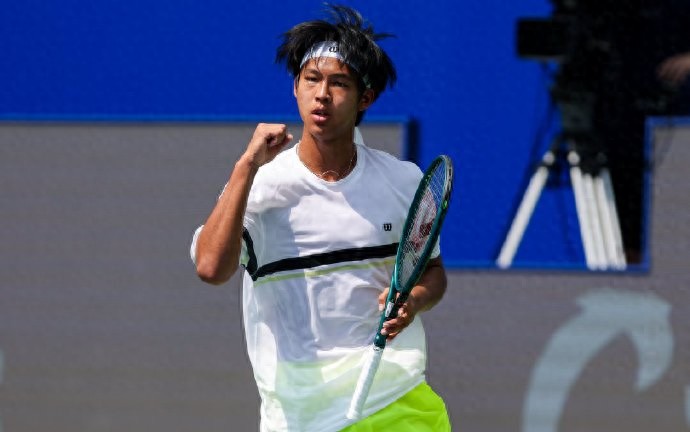
Mo Yecong, who secured a streak of four consecutive wins starting from the Shenzhen Challenger qualifiers and achieved his best 2025 season record, appeared at the Suzhou Challenger with a wildcard. His first-round opponent was Japanese player Honda Naoya, who won his first career Challenger title earlier in 2025. In this match, Honda Naoya allowed Mo Yecong to win only four games throughout. Objectively speaking, it was a complete defeat.
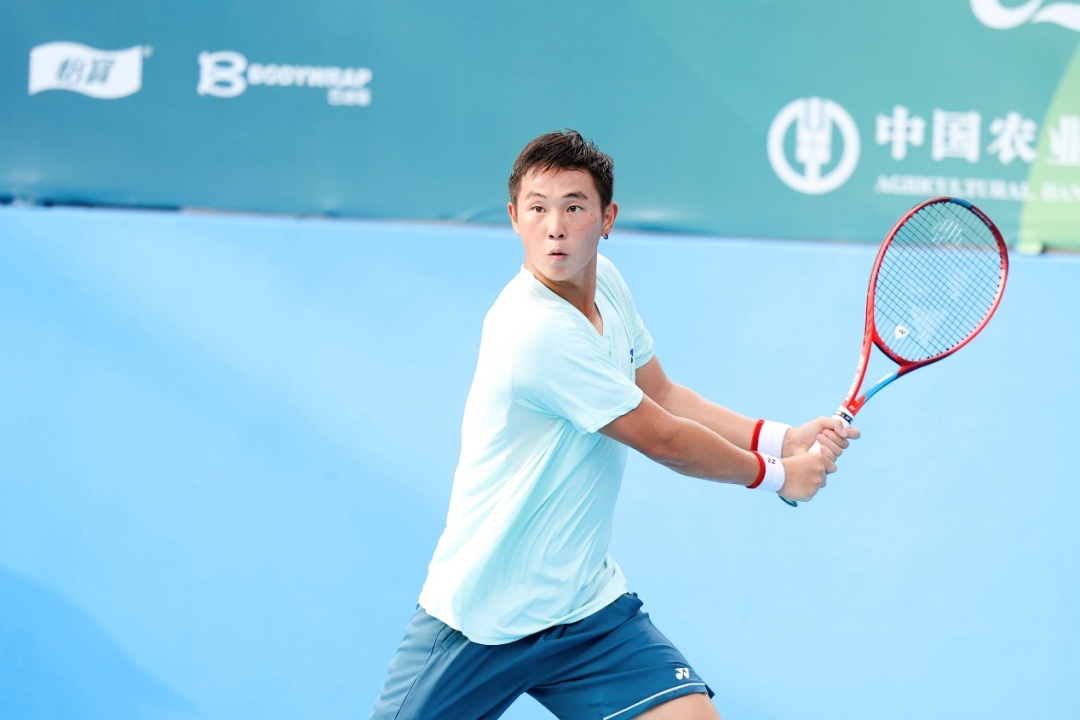
Sun Fajing, who recently won his first career Challenger title, faced the tournament’s ninth seed, Japanese player Shimizu Yuta, in the first round of the Suzhou Challenger. In this match, Sun Fajing was pushed to a 5-7 score in the first set but fought back resiliently to take the set 7-5, gaining an early advantage toward advancing.
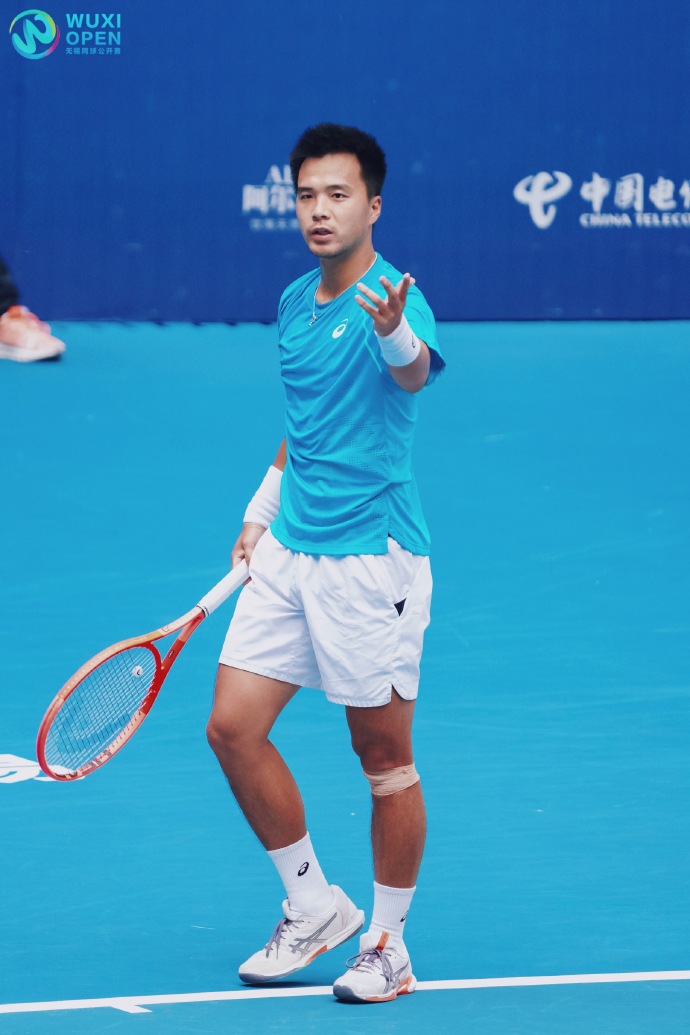
In the second set, just as Sun Fajing was about to reach match point, he became a bit careless, allowing the determined Shimizu Yuta to score repeatedly and even the set. Then, Shimizu broke Sun’s serve and earned set points himself. Without giving Sun a chance, he quickly sealed the second set on his serve, pushing the match into a deciding set. In the final set, Shimizu Yuta continued scoring and ultimately completed a comeback victory over Sun Fajing. Disappointed, Sun Fajing had to leave the tournament with regrets.
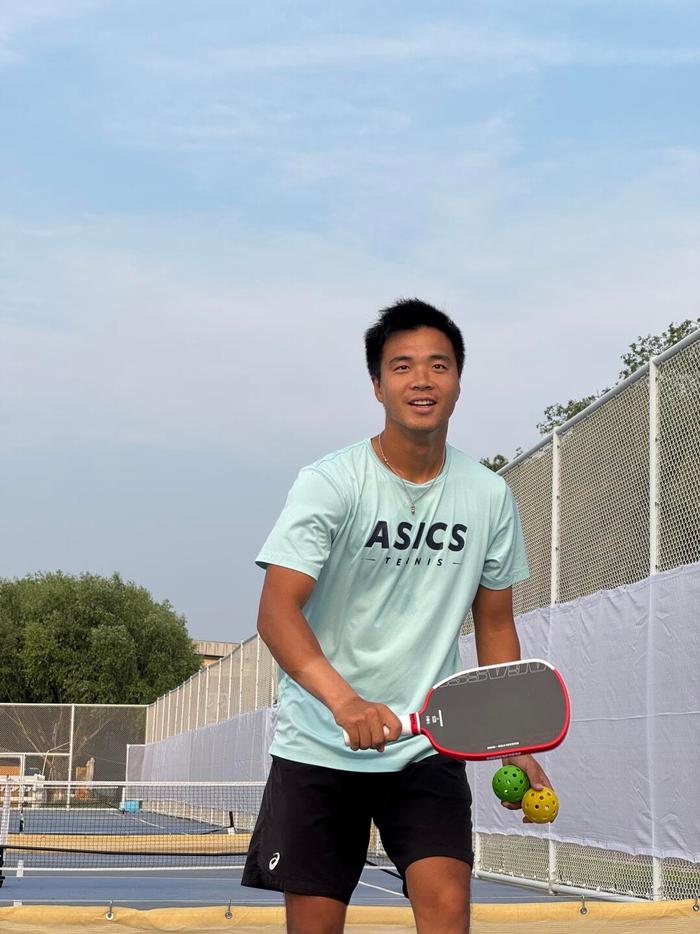
Cui Jie, who reached the semifinals at last week’s Shenzhen Challenger, met Japanese qualifier Takahashi Yusuke in the first round of the Suzhou Challenger. Takahashi, who has previously defeated top 100 players, showed strong ability. Nevertheless, Cui Jie took the first set in a tiebreak, seeing a glimmer of hope to advance. However, in the second set, Takahashi returned the favor with a 6-4 win, leveling the match and forcing a deciding set. Takahashi gained match point in the final set, and the score was close with Cui Jie just one game behind. At this moment, an unbelievable event occurred: due to physical reasons, Cui Jie withdrew from the match. Thus, Takahashi claimed victory.
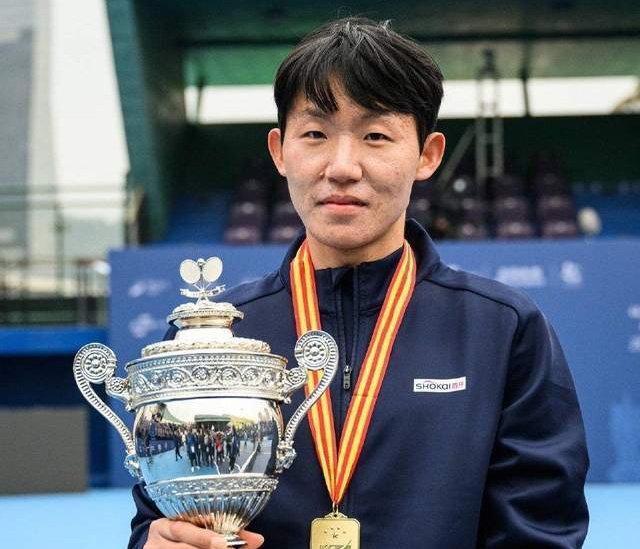
Zhou Yi, who reached two Challenger finals this 2025 season, faced the tournament’s top seed, Japanese player Nishioka Yoshihito, in the first round of the Suzhou Challenger. The two had met twice before: last season, Zhou Yi earned his first Masters-level career win when his opponent retired while Zhou was trailing; more recently, at the Shanghai Challenger, Zhou pushed the match to a deciding set after losing the first set but then benefited from his opponent’s retirement while leading significantly in the decider.
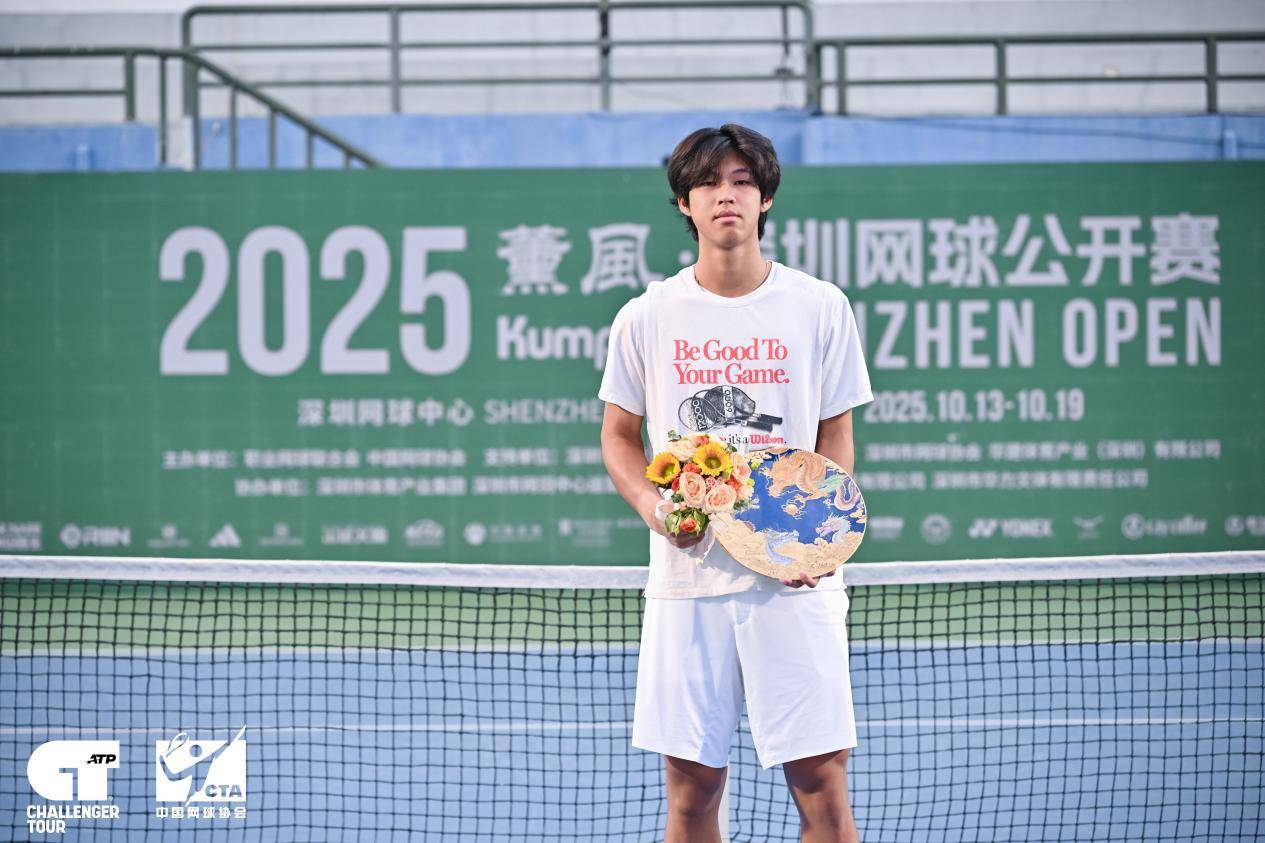
In this match, despite Zhou Yi’s best efforts, he was defeated in straight sets by his opponent. However, the close scores — a 7-point tiebreak in the first set and another tiebreak in the second — clearly show that Zhou’s level was not far behind his adversary’s.
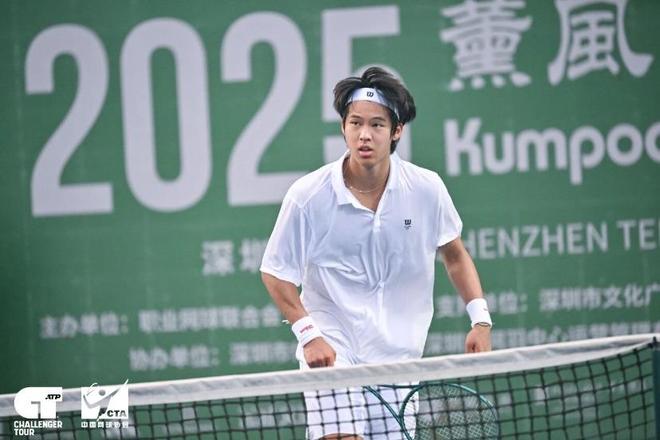
Across all four matches, Chinese male tennis players were defeated by their Japanese counterparts. It seems that Chinese men’s tennis still has a long way to go. That’s the tennis story for today; more to come tomorrow.(Source: Tennis Home, Author: Yixin Jushi)







 Links
Links
 Contact
Contact
 App
App


